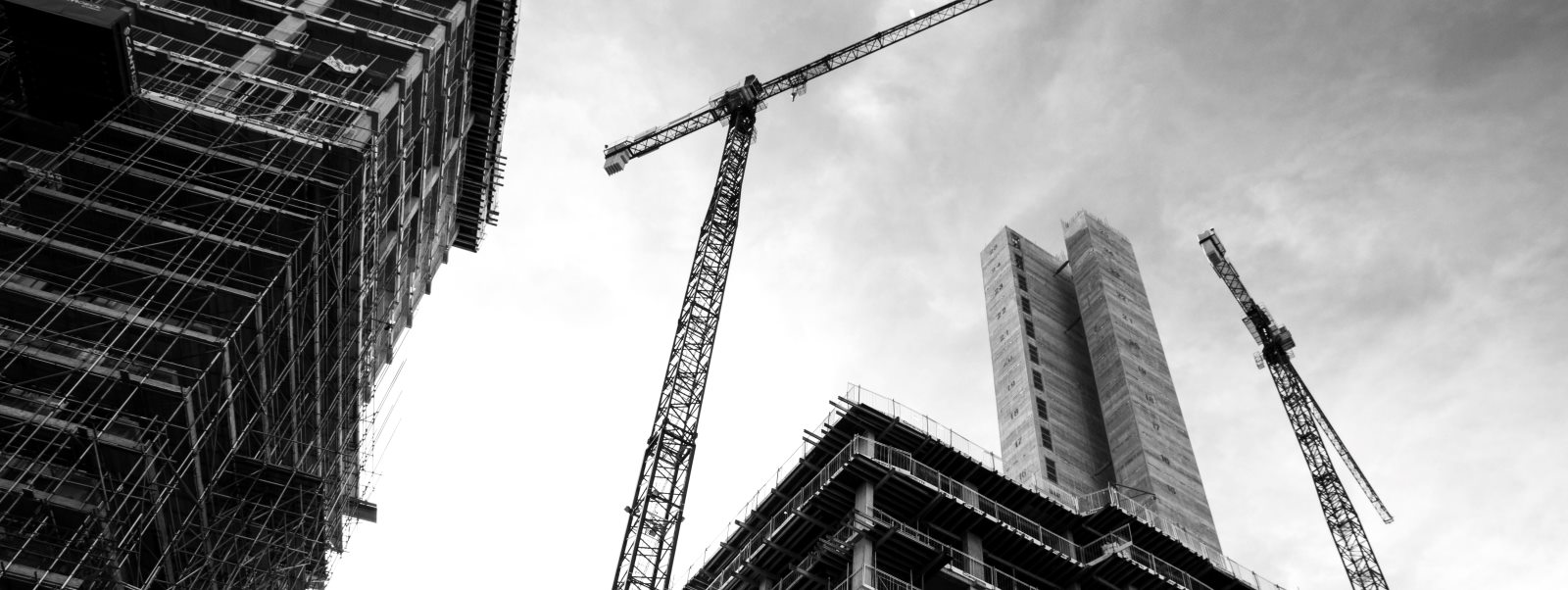Building design and construction
Design Programming
The design of a building begins with its future user or owner, who has in mind a perceived need for the structure, as well as a specific site and a general idea of its projected cost. The user, or client, brings these facts to a team of design professionals composed of architects and engineers, who can develop from them a set of construction documents that define the proposed building exactly and from which it can be constructed.
Building design professionals include those licensed by the state—such as architects and structural, mechanical, and electrical engineers—who must formally certify that the building they design will conform to all governmental codes and regulations. Architects are the primary design professionals; they orchestrate and direct the work of engineers, as well as many other consultants in such specialized areas as lighting, acoustics, and vertical transportation.
The design professionals draw upon a number of sources in preparing their design. The most fundamental of these is building science, which has been gradually built up over the past 300 years. This includes the parts of physical theory that relate to building, such as the elastic theory of structures and theories of light, electricity, and fluid flow. There is a large compendium of information on the specific properties of building materials that can be applied in mathematical models to reliably project building performance. There is also a large body of data on criteria for human comfort in such matters as thermal environment, lighting levels, and sound levels that influence building design.
In addition to general knowledge of building science, the design team collects specific data related to the proposed building site. These include topographic and boundary surveys, investigations of subsoil conditions for foundation and water-exclusion design, and climate data and other local elements.
Concurrently with the collection of the site data, the design team works with the client to better define the often vague notions of building function into more precise and concrete terms. These definitions are summarized in a building space program, which gives a detailed written description of each required space in terms of floor area, equipment, and functional performance criteria. This document forms an agreement between the client and the design team as to “expected building size and performance”.
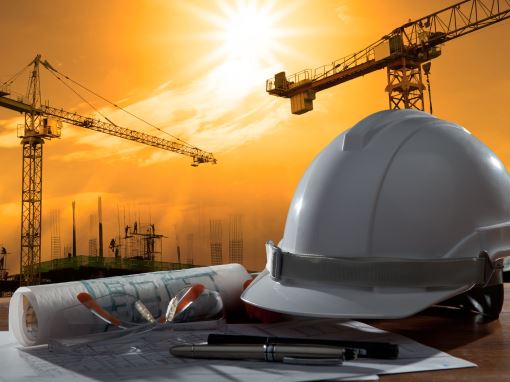
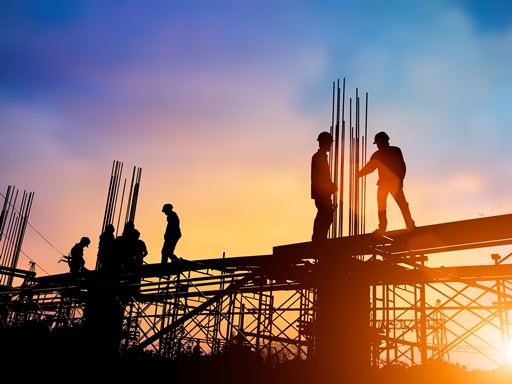
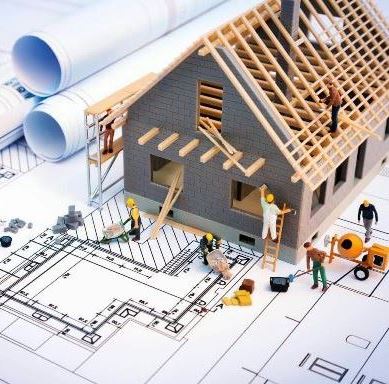
Design development
The process by which building science, site data, and the building space program are used by the design team is the art of building design. It is a complex process involving the selection of standard building systems, and their adaptation and integration, to produce a building that meets the client’s needs within the limitations of government regulations and market standards. These systems have become divided into a number of clear sectors by the building type for which they are intended. The design process involves the selection of systems for foundations, structure, atmosphere, enclosure, space division, electrical distribution, water supply and drainage, and other building functions. These systems are made from a limited range of manufactured components but permit a wide range of variation in the final product. Once the systems and components have been selected, the design team prepares a set of contract documents, consisting of a written text and conventionalized drawings, to describe completely the desired building configuration in terms of the specified building systems and their expected performance. When the contract documents have been completed, the final costs of the building can usually be accurately estimated and the construction process can begin.
Construction
Construction of a building is usually executed by a specialized construction team; it is normally separate from the design team, although some large organizations may combine both functions. The construction team is headed by a coordinating organization, often called a general contractor, which takes the primary responsibility for executing the building and signs a contract to do so with the building user. The cost of the contract is usually an agreed lump sum, although cost-plus-fee contracts are sometimes used on large projects for which construction begins before the contract documents are complete and the building scope is not fully defined. The general contractor may do some of the actual work on the building in addition to its coordinating role; the remainder of the work is done by a group of specialty subcontractors who are under contract to the general contractor. Each subcontractor provides and installs one or more of the building systems—e.g., the structural or electrical system. The subcontractors in turn buy the system components from the manufacturers. During the construction process the design team continues to act as the owner’s representative, making sure that the executed building conforms to the contract documents and that the systems and components meet the specified standards of quality and performance.
Source: Britannica
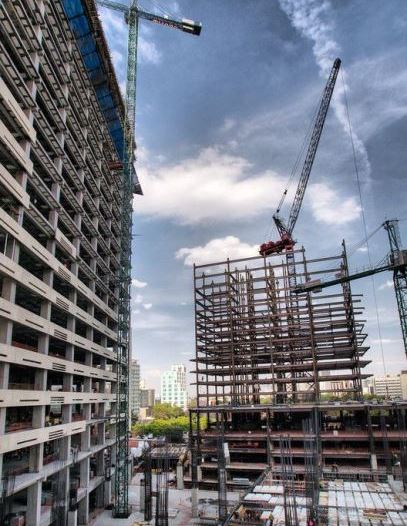
OUR SERVICES
Commercial Construction
Commercial construction involves the designing, renovating and building of commercial structures. Projects use heavy equipment funded by developers, as well as local and national governments
The commercial building construction process involves six basic steps from start to finish, and each of these phases involves a series of tasks. These basic phases are planning and development, design, pre-construction, procurement, construction, and post-construction.
Commercial construction projects can be small-scale, medium-scale and large-scale in size. These projects are made up of everything from restaurants to office structures to high-rise buildings seen in major cities.
Type 1: Small-scale Construction
Small-scale construction involves fixing sewage systems, remodeling and renovating buildings’ interiors and exteriors. Projects are shorter in length and need less equipment and crew members.
Type 2: Medium-Scale Construction
Medium-scale construction involves upgrading, expanding space and building projects from the ground up. Projects are more complex than small-scale projects, like adding more stories to a building. This means that projects can take several months to a year to complete.
Type 3: Large-Scale Construction
Large scale construction projects develop hotels, airports, government buildings, roads and skyscrapers. Major commercial development companies and government agencies fund these “megaprojects.” Large teams use heavy equipment to add multiple stories and to develop large masses of land. The long-term projects can take several years to complete.
At ASEAN Builders and Developers, our focus is currently on the Small-scale & Medium-scale construction as far as commercial properties are concerned. Right now our motto is to keep our client’s satisfied and with on time completion of projects, step after step building a family of happy customers all around, we plan on moving in to Large-scale Commercial Construction in the days to come.
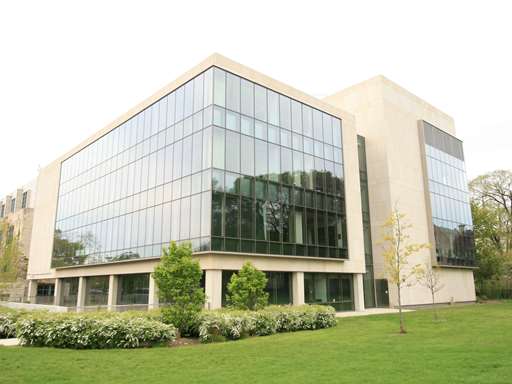


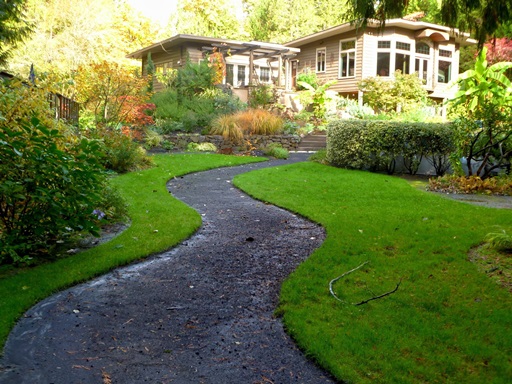
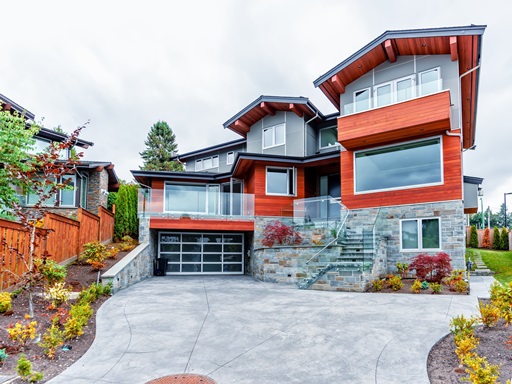
RESIDENTIAL CONTRUCTION
Residential construction is different than commercial construction, because these buildings are used for people to live in instead of working in. This category basically includes
Single/Joint Family Homes
These homes are often found in neighborhood where you’d get to see an entire family living under the same roof or sometimes an extended family living together. These homes can have their own parking areas, or enough green space to include a beautiful lawn or a garden, a pool and also some farming area depending on where they are located, that is where could help you with our Landscape Design services. It is possible for people to create the home of their dreams as they are not restricted to what their neighbors want. These homes always have a higher selling price than an apartment or for that matter a Penthouse. The only downside to one of these residential construction homes is that they can cost a lot to maintain and the owner is responsible for all the costs.


Residential Apartments or Flats
Apartment is a room or suite of rooms designed as a residence and generally located in a building occupied by more than one household, this category includes: An Apartment Complex, which is more than just a building as it comprises features and amenities such as playgrounds, parks, swimming pools, health clubs, conference halls and so on, that makes living more comfortable and pleasant. On the other hand Apartment Buildings are basic living units that are self-contained and ideal for functional living.
For each residential construction project, a piece of land is purchased, cleared, and graded. The drainage and other features are added and then the construction of the building takes place. Once the home is finished, a person moves in and the contractor moves on to their next project.
Materials that are used during residential construction are constantly improving and contractors need to keep up with these changes, so that they can provide the best homes to everyone and at ASEAN Builders and Developers, as contractors we’re always open to learning and adapting business strategies accordingly.
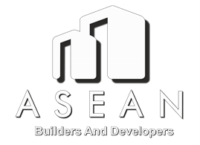
A team of experienced and passionate design professionals.
Info
Menu
Office Hours
10 am to 6.30 pm.
On all weekdays.
Follow Us
Design Rights Reserved, Asean Builders & Developers, 2022.
